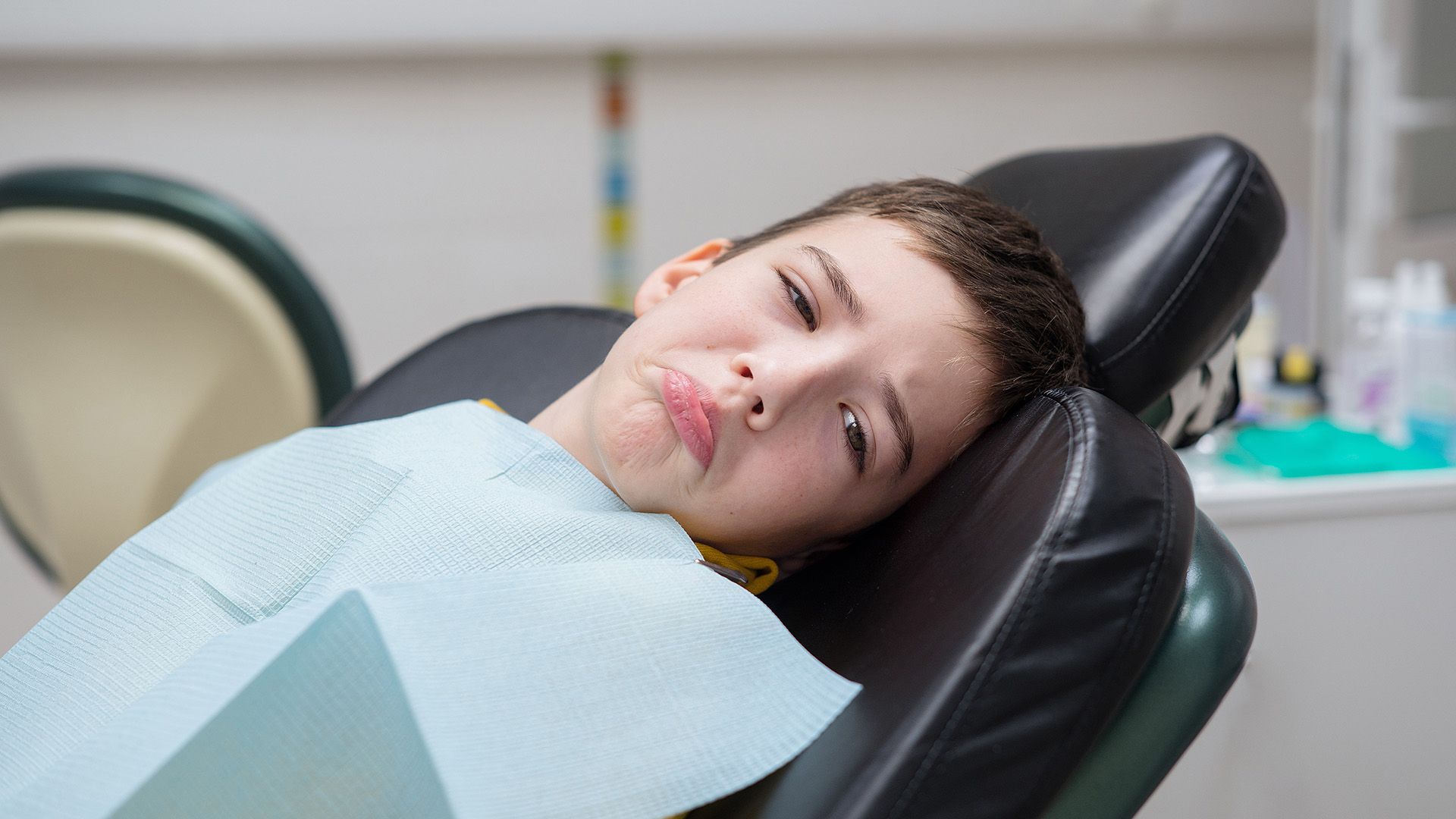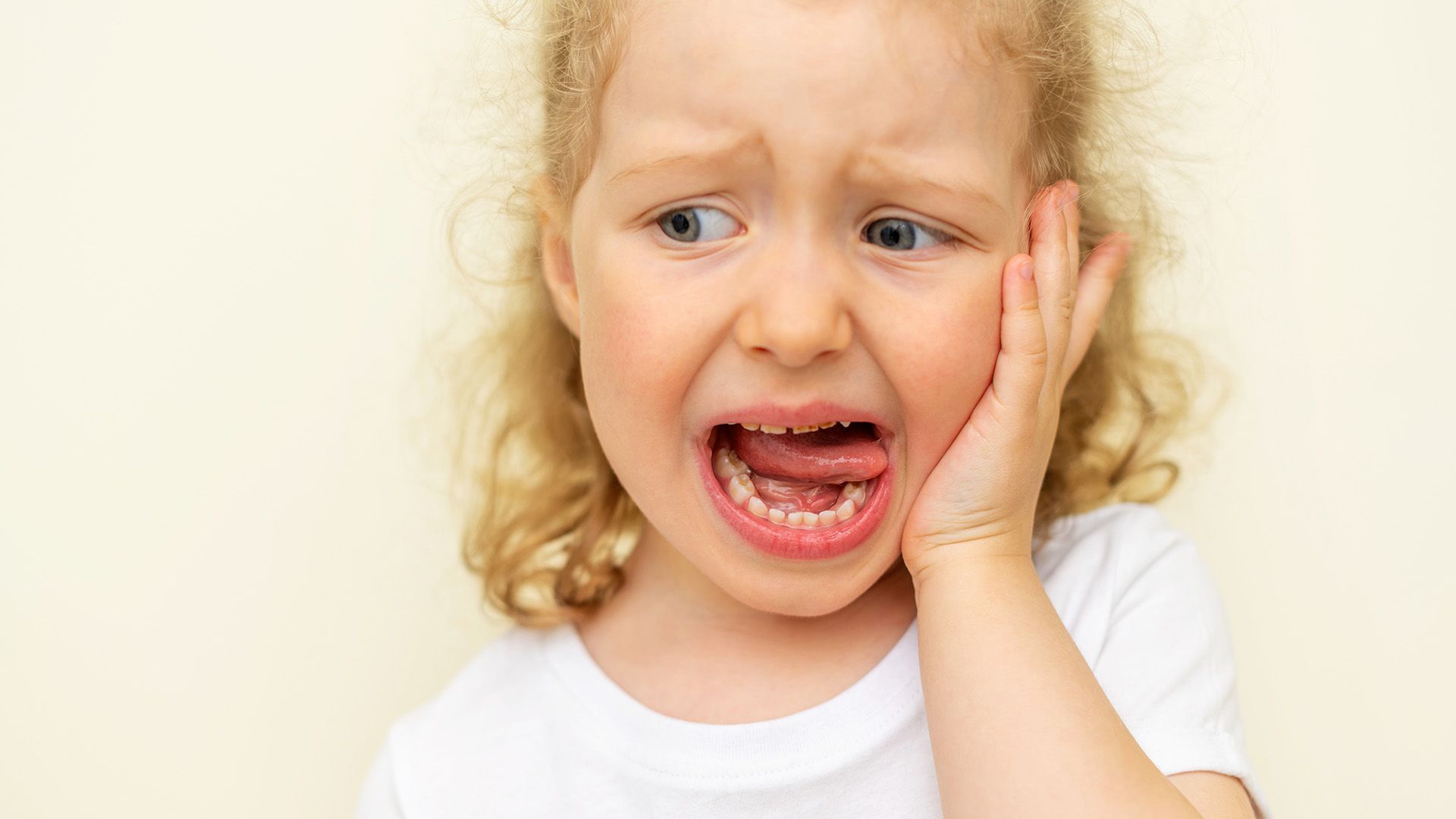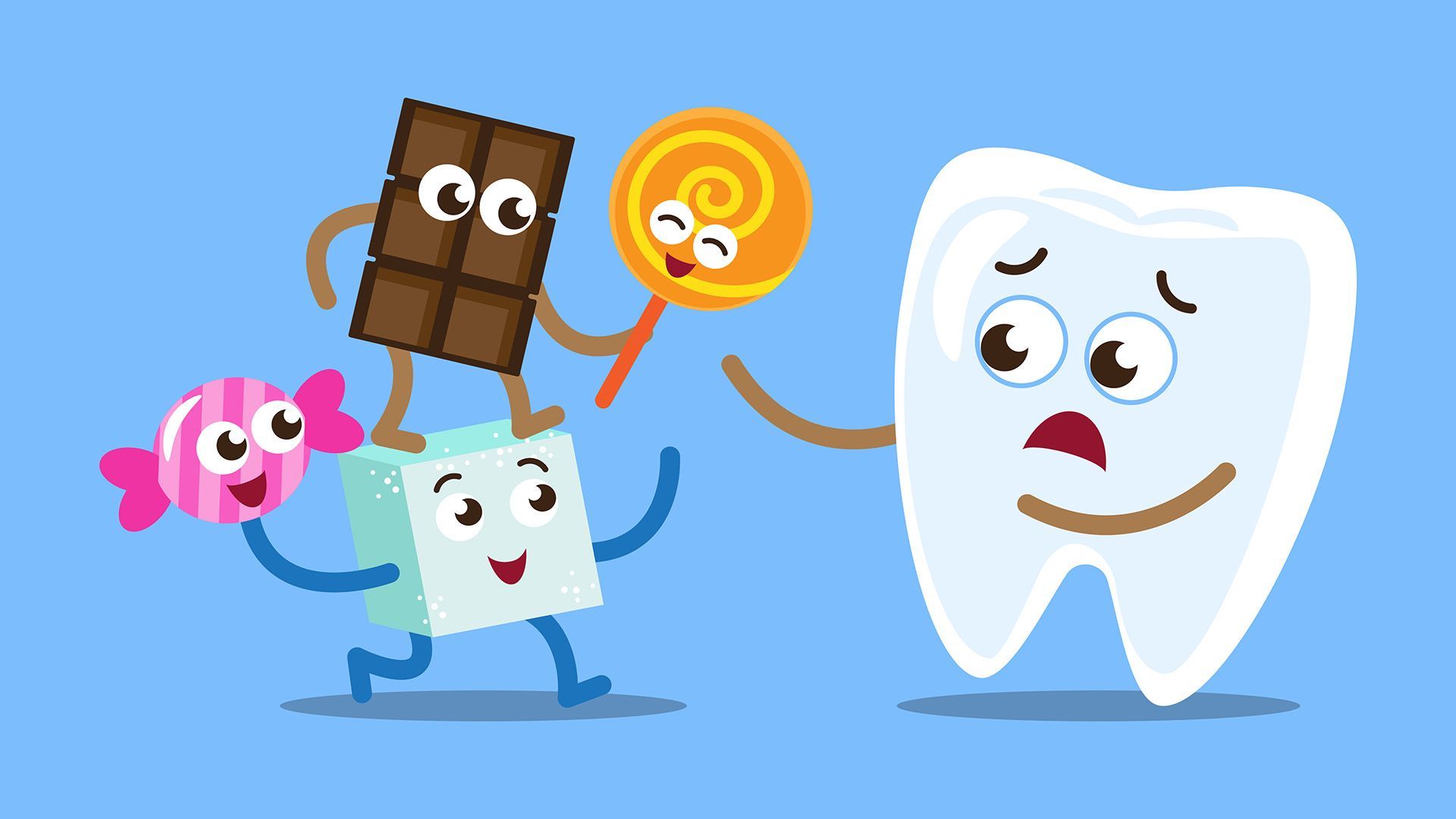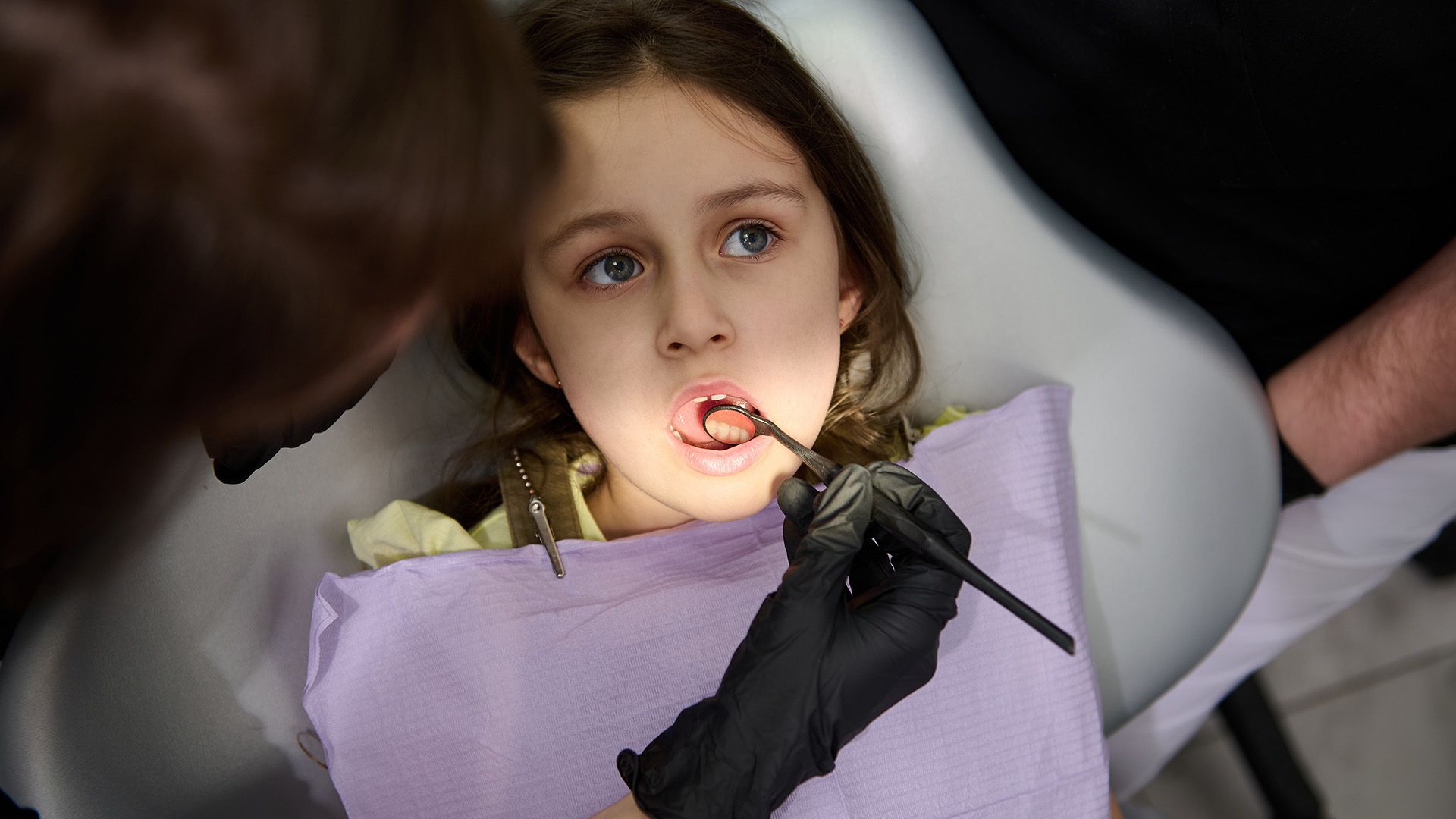What Are the Most Common Dental Diseases in Children?
Ensuring children's dental health is crucial for their overall well-being, yet it often goes unnoticed. Recognizing what are the most common dental diseases in children allows parents and caregivers to take proactive steps in preserving their young ones' smiles. From cavities in preschoolers to orthodontic concerns, these issues can significantly affect a child's quality of life and development if not addressed. Understanding and addressing these concerns early on is vital for maintaining children's oral health and preventing future complications.

Understanding Common Dental Diseases
Children's dental health is vital, as dental diseases can have lasting impacts on their oral and general health. What are the most common dental diseases in children? They include dental caries (cavities), gingivitis, and early childhood caries (ECC). Dental caries result from plaque buildup, a sticky bacterial film on teeth, leading to tooth decay. Gingivitis, the inflammation of gums, typically arises from poor oral hygiene. ECC, a severe form of pediatric tooth decay, affects infants and young children, often related to prolonged bottle-feeding and sugary drinks.
According to the Centers for Disease Control and Prevention (CDC), about 20% of children aged 5 to 11 have at least one untreated decayed tooth, and around 13% of adolescents aged 12 to 19 suffer from untreated dental caries. These statistics highlight the urgent need for increased awareness and proactive strategies to combat dental diseases in children.
Early diagnosis and treatment are critical to effectively manage dental diseases. Promptly identifying and addressing these issues can prevent serious complications such as infections or tooth loss and foster better oral health habits as children mature. Regular dental check-ups and preventive care practices are essential to ensure children maintain healthy smiles and establish a foundation for lifelong healthy teeth and gums.
Tooth Decay (Cavities)
Tooth decay, commonly known as cavities, is one of the most prevalent dental diseases affecting children. Understanding its causes and risk factors is essential in prevention. Cavities in preschoolers primarily arise from plaque accumulation, a sticky bacterial film on teeth. When children consume sugary or starchy foods, these bacteria produce acids that erode tooth enamel. Risk factors include inadequate oral hygiene, frequent snacking, and insufficient fluoride exposure.
Parents should watch for signs of cavities in their children's teeth. Common symptoms include tooth sensitivity to hot or cold foods, visible holes or pits, and persistent toothaches. Children may also experience discomfort while eating or notice white spots on their teeth, indicating enamel erosion.
Preventive measures are key to protecting children from tooth decay. Encouraging regular brushing and flossing, limiting sugary snacks, and ensuring routine dental check-ups are vital practices. Treatment options for existing cavities include professional cleanings, fluoride treatments, and dental fillings. Providing personalized care and guidance helps ensure that children's smiles remain healthy and bright.
Oral Care for Newborns and Young Children
Oral care for newborns and young children is essential for preventing dental diseases from an early age. Even before the first tooth appears, parents should clean their baby's gums with a soft, damp cloth to remove bacteria. As teeth begin to emerge, using a small, soft-bristled toothbrush with water is recommended. Once children reach the age of two, a pea-sized amount of fluoride toothpaste can be used to help prevent cavities in preschoolers.
Establishing good oral hygiene habits early on can significantly reduce the risk of pediatric tooth decay and other dental issues. Regular visits to a pediatric dentist provide valuable insights into maintaining oral health and address any concerns before they become serious problems. Educating parents on the importance of oral care for newborns and young children is crucial in ensuring their long-term dental well-being.
Gingivitis and Gum Disease
Gingivitis is a common dental disease affecting children, and understanding it is crucial. Gingivitis occurs when plaque builds up on teeth and gums, leading to inflammation and potentially more severe gum disease if not managed properly. Early detection and treatment are vital to prevent progression.
Symptoms of gum disease in children can vary. Early signs include red, swollen, and bleeding gums, especially during brushing or flossing. Without treatment, gingivitis can progress to advanced gum disease, characterized by receding gums and persistent bad breath. Parents should monitor their children's oral health and seek professional dental care if these symptoms appear.
Preventing and treating gum disease in children involves good oral hygiene practices and regular dental visits. Encouraging children to brush twice daily with fluoride toothpaste and floss daily can significantly reduce plaque buildup. Regular check-ups with a pediatric dentist can help in early detection and management of gingivitis. Professional cleanings and guidance on proper brushing techniques are essential in maintaining healthy gums and preventing gum disease in children.
Malocclusion and Orthodontic Issues
Malocclusion, commonly known as a bad bite, is a prevalent dental issue in children that can lead to various orthodontic problems. Types of malocclusion include overbite, underbite, crossbite, and open bite, each affecting teeth alignment and function, potentially impacting a child's oral health significantly.
Malocclusion can cause difficulties in chewing, uneven wear on teeth, and increased risk of tooth decay and gum disease. It can also lead to speech difficulties and affect a child's self-esteem due to aesthetic concerns. Early intervention is crucial to prevent these complications, making it important for parents to monitor their child's dental development.
Parents should seek an orthodontic evaluation if they notice signs of malocclusion, such as difficulty chewing, mouth breathing, or misaligned teeth. Early evaluation, ideally around the age of seven, can set the stage for successful treatment outcomes, helping guide proper jaw growth and tooth alignment.
Dental Trauma in Children
Dental trauma in children is a common concern from various types of injuries during play, sports, or accidents. These injuries range from minor chipping to severe damage like knocked-out teeth. Common dental injuries in kids include tooth fractures, luxations, and avulsions. Tooth fractures can involve the enamel, dentin, or pulp, while luxations refer to tooth displacement without complete removal. Avulsions are when a tooth is entirely knocked out.
In a dental emergency, immediate and appropriate first aid is crucial to mitigate further damage. If a tooth is knocked out, it's important to keep it moist and seek dental care immediately. Rinsing it with water and placing it in milk or saline can preserve it until professional help is available. For fractures or luxations, applying a cold compress can reduce swelling and pain, and visiting a dentist promptly is recommended.
Ignoring or delaying treatment for dental trauma can have long-term implications. Untreated injuries can lead to infection, misalignment, or even tooth loss, impacting a child’s oral development and overall health. Regular check-ups and early intervention are key to maintaining your child’s dental health.









